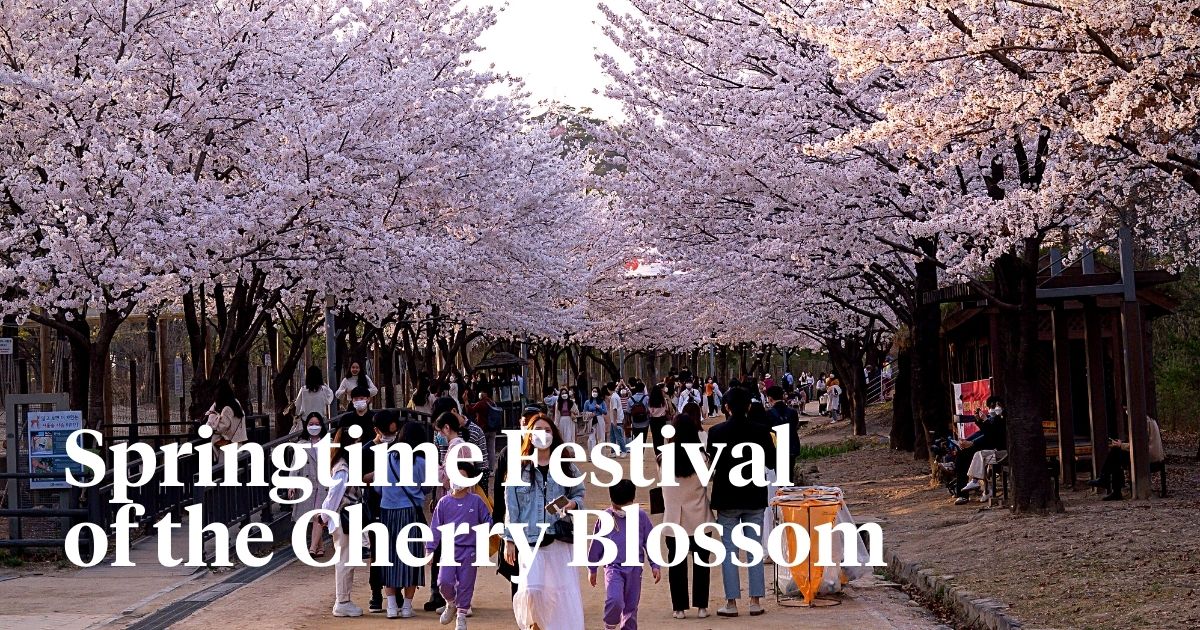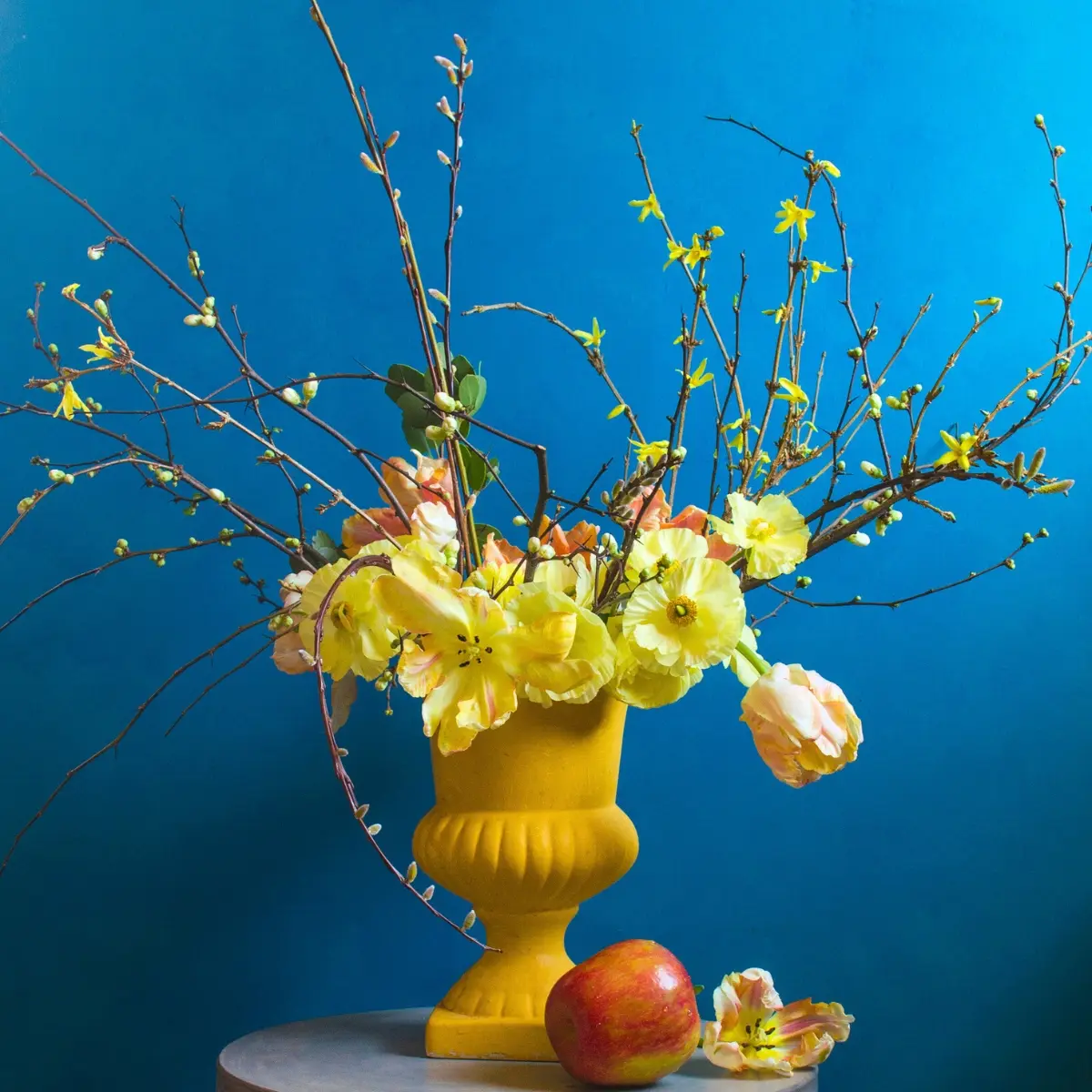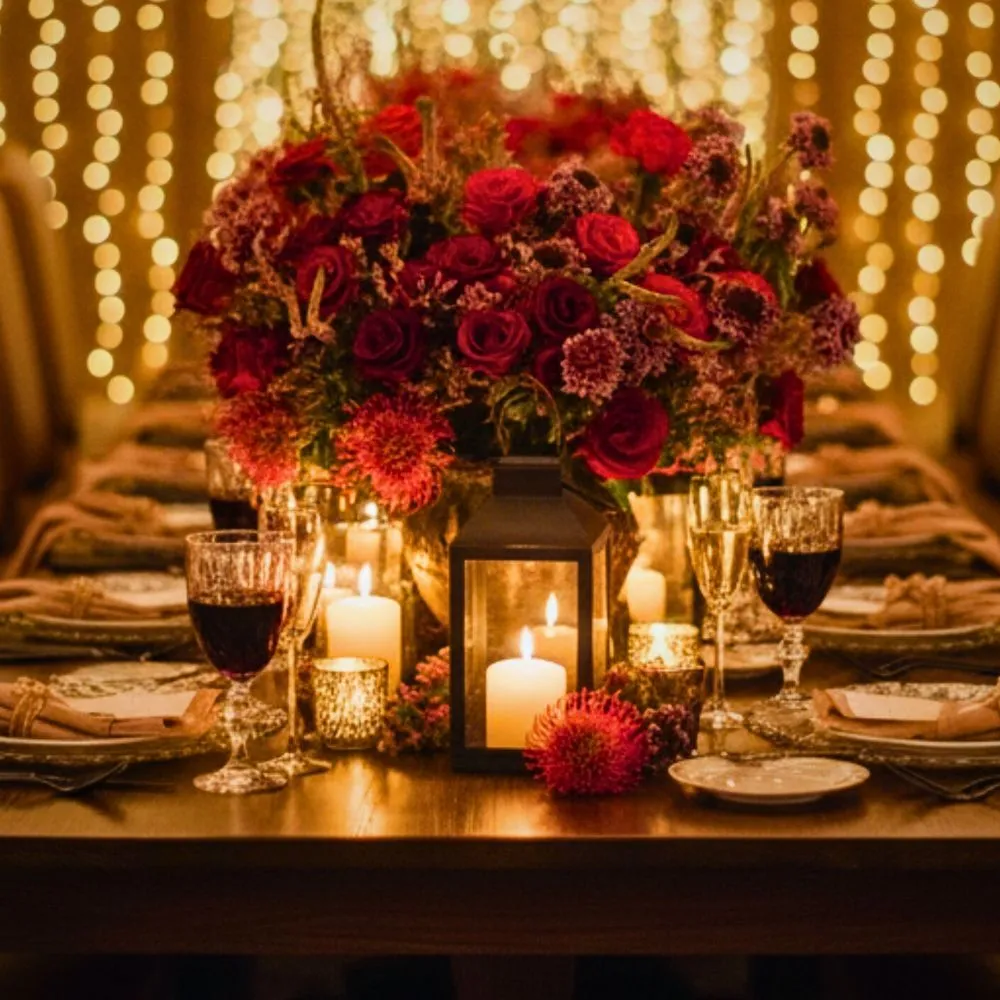When winter's chilly grip finally releases its hold and the air is, once again, filled with a gentle warmth that welcomes spring, there is usually an enchanting transformation that takes place. Trees gradually get adorned with leaves and delicate blossoms paint the landscape in spectacular colors. In Japan, this fascinating spectacle heralds the arrival of hanami, an esteemed tradition in the country. In fact, hanami is one of the festivals around the world that commemorate the spirit of flowers.
Hanami, which translates to ‘flower viewing,’ is a long-standing Japanese tradition of welcoming spring. The custom involves basking in the glory of spring and enjoying the transient beauty of flowers, specifically cherry blossoms (sakura), and sometimes, plum blossoms (ume). It celebrates the fleeting beauty of these flowers and their inherent link with nature and human life.
What Is the Origin of Hanami?
The roots of hanami can be traced back over a thousand years to the Nara period (710-794) when Japan was still evolving its cultural identity. Then, the Chinese Tang Dynasty influenced Japan’s aristocracy, leading to the adoption of plum blossom viewing parties.
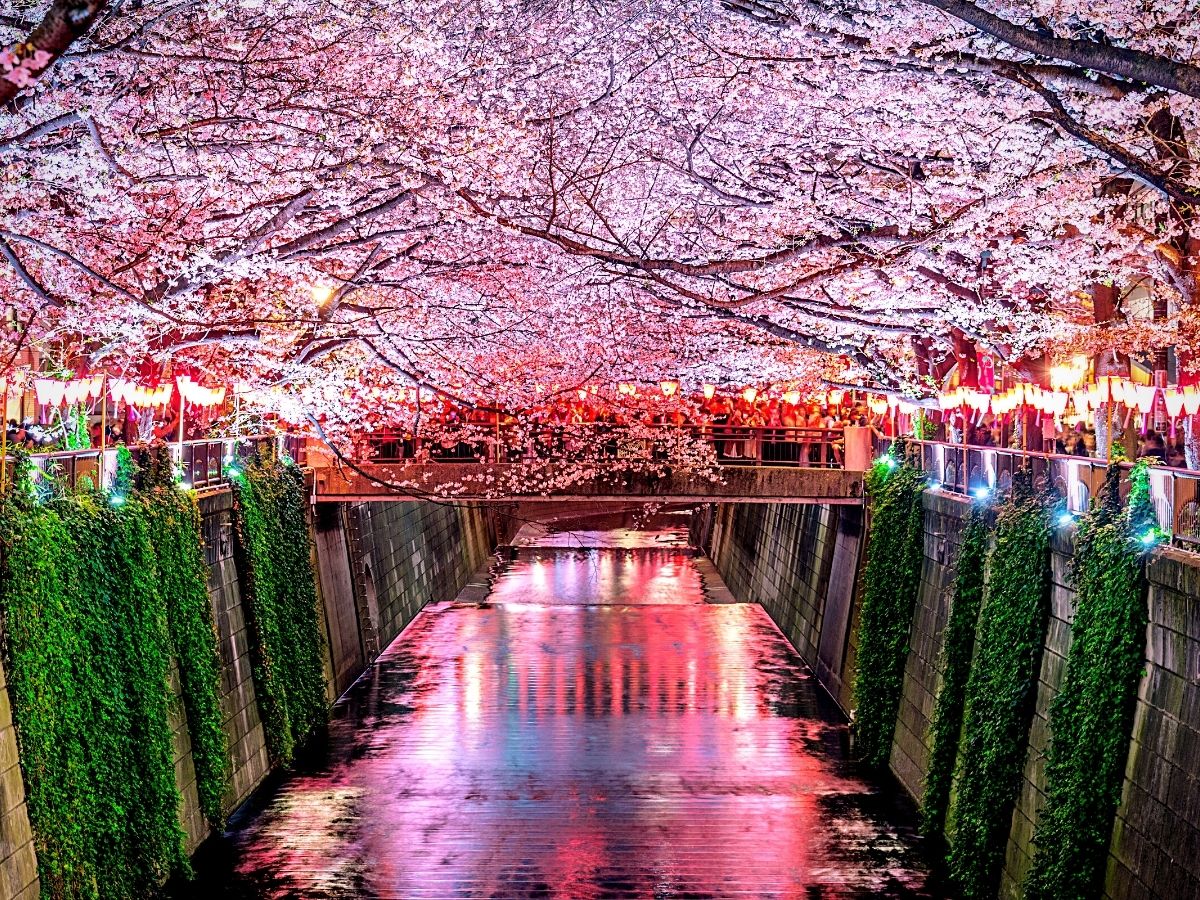
Photo by tawatchai07
During this era, the Chinese practice of enjoying and appreciating plum blossoms was, as a result, adopted in Japan, but it was not until the Heian period (794-1191) that cherry blossoms, or ‘sakura,’ took center stage in this tradition.
In essence, hanami as it is known today evolved and became more developed during the Heian period, a time when aristocrats and poets began to hold flower-viewing parties beneath the cherry blossom trees. These gatherings marked the blossoms' symbolic significance and soon spread to all segments of society.
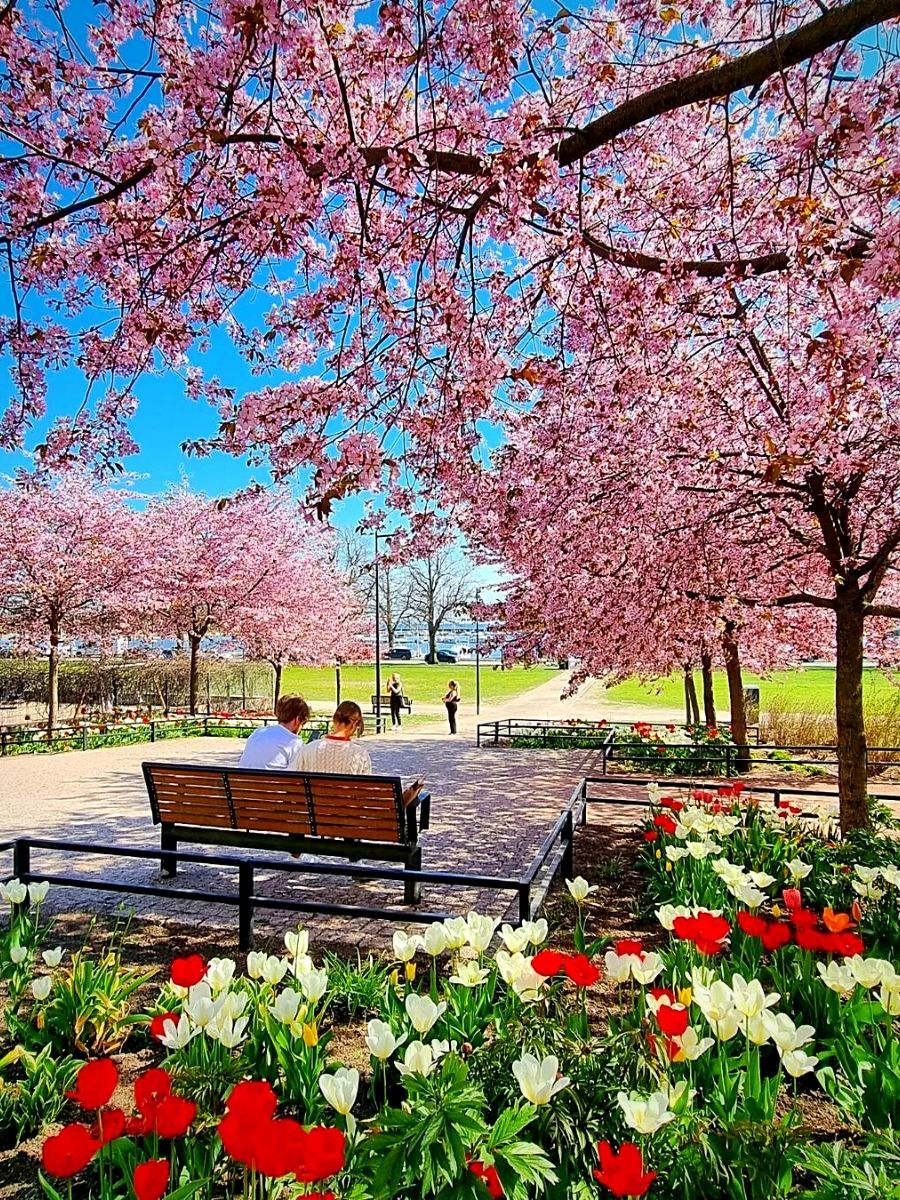
Photo by @juhakristiano
Over the centuries, this practice evolved from an elite pastime into a favorite national tradition that goes beyond social and societal limitations to unite people in the celebration of the coming of spring.
When and How Does Hanami Take Place?
The springtime event of hanami typically takes place in earnest between late March and early May, depending on the region's climate and the variety of cherry blossom trees that are in bloom. But in general, the spectacle could begin as early as January in the southern parts of Japan and gradually move northward, climaxing in Hokkaido by May.
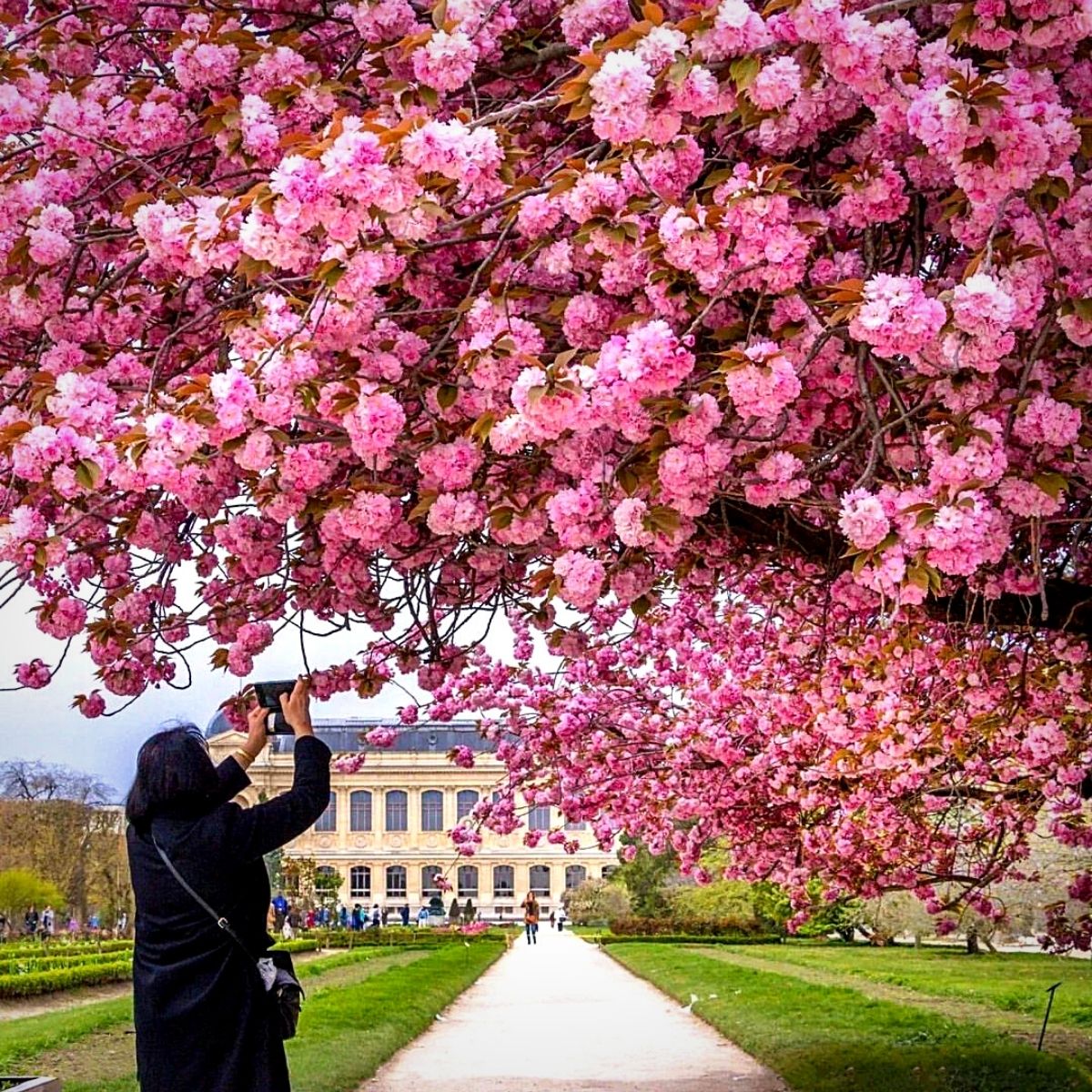
Photo by @livelong.paris
The timing of hanami is monitored by the Japanese Meteorological Agency and is known as the ‘sakura zensen’ or cherry blossom front, which moves from south to north across the archipelago as it heralds the arrival of spring.
During this period, parks, gardens, and riversides all across Japan become the stage for hanami gatherings. Among the most famous locations for these celebrations are Ueno Park in Tokyo, Maruyama Park in Kyoto, and Philosopher's Walk, also called Tetsugaku-no-michi in Kyoto. These places are usually adorned with sakura trees that create quite a hypnotic mix of pink and white flowers. One can also have a spectacle of the cherry blossom trees at these spots around Mt Fuji.
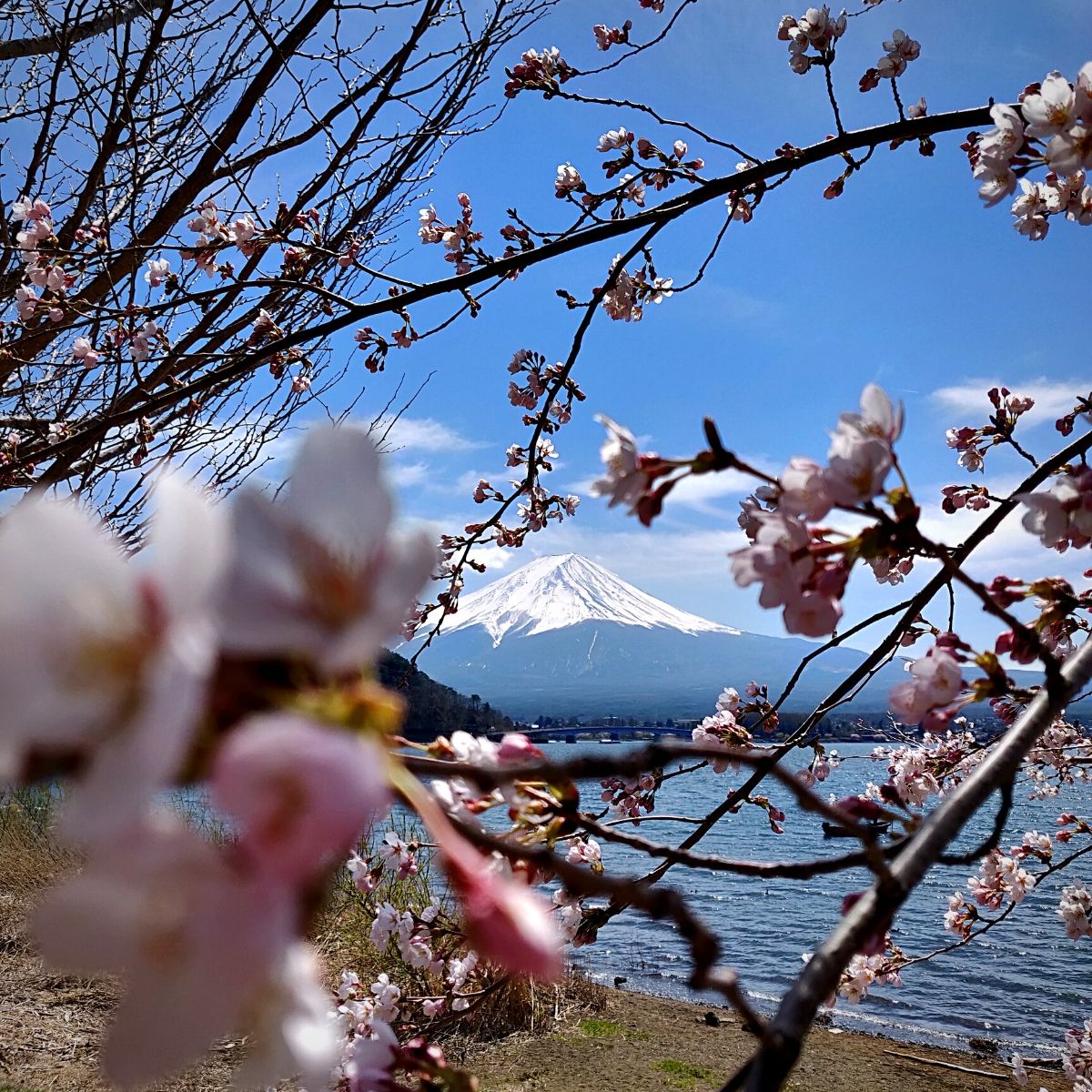
Photo by Matthieu Gouiffes
The peak bloom, known as ‘mankai,’ lasts for only a few days, creating a sense of urgency and excitement among hanami enthusiasts. During this brief window, nature presents its most glorious display before it fades away. This emphasizes, even more, the ephemeral nature of beauty and life itself.
During the hanami celebrations, one of the most appealing aspects of the festivities is its inclusivity. It is an event that steers away from generations and social status. It welcomes people of all ages and backgrounds. Families, friends, colleagues, and even strangers come together under the blossoming sakura trees to partake in the festivities.
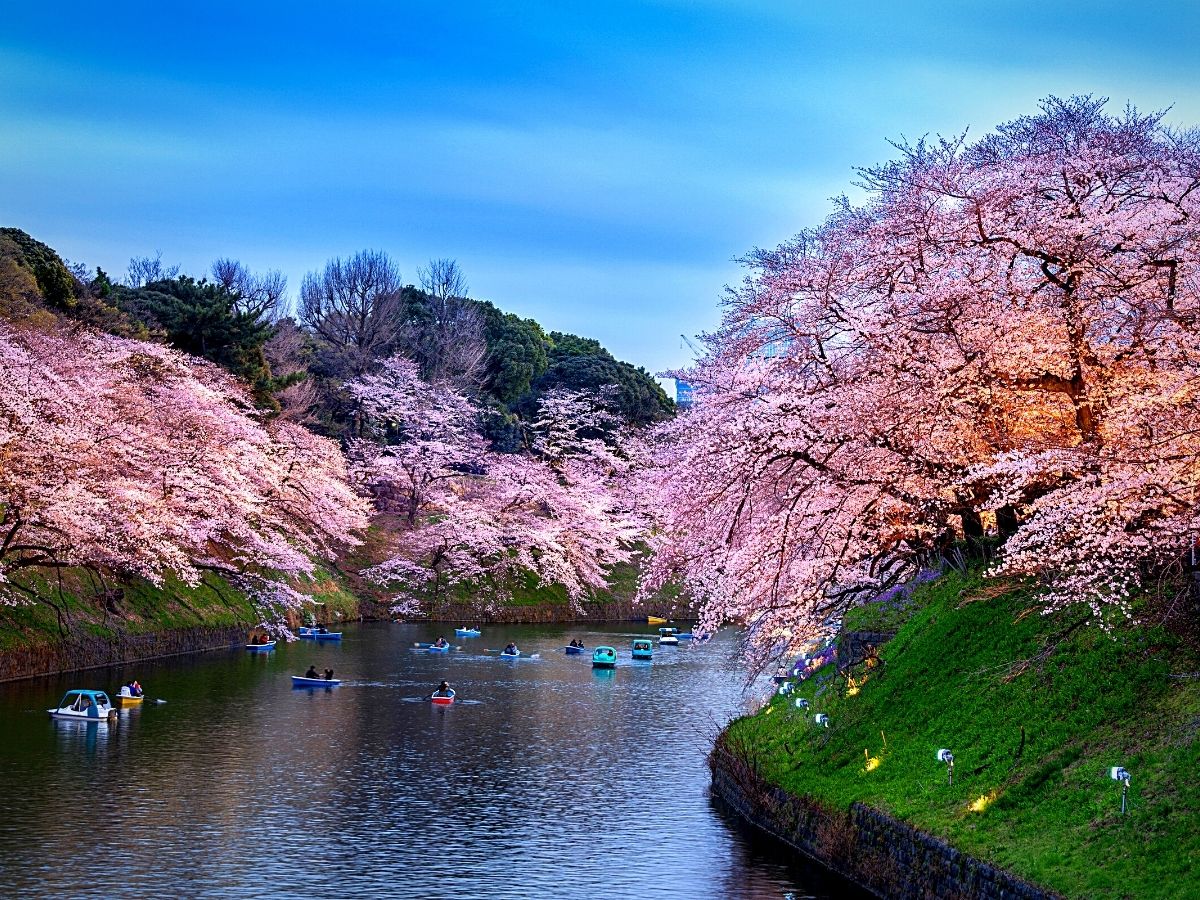
Photo by tawatchai07
In recent years, a phenomenon known as ‘Yozakura’ or nighttime cherry blossom viewing has also gained popularity. It involves illuminating the cherry blossoms with lanterns and enjoying the ethereal beauty of the flowers under the moonlight.
In principle, hanami incorporates a range of activities and is more than just an off-the-cuff flower spectacle; it is a carefully coordinated ritual that incorporates various traditions and customs including sakura viewing, which is central to the tradition and involves admiring the cherry blossoms in their full glory. The event also brings people together sitting under the cherry blossom trees on blankets or picnic mats, to just relax and contemplate within these serene spaces. Food and drinks, music and entertainment, cherry blossom poetry, and other activities also take place.
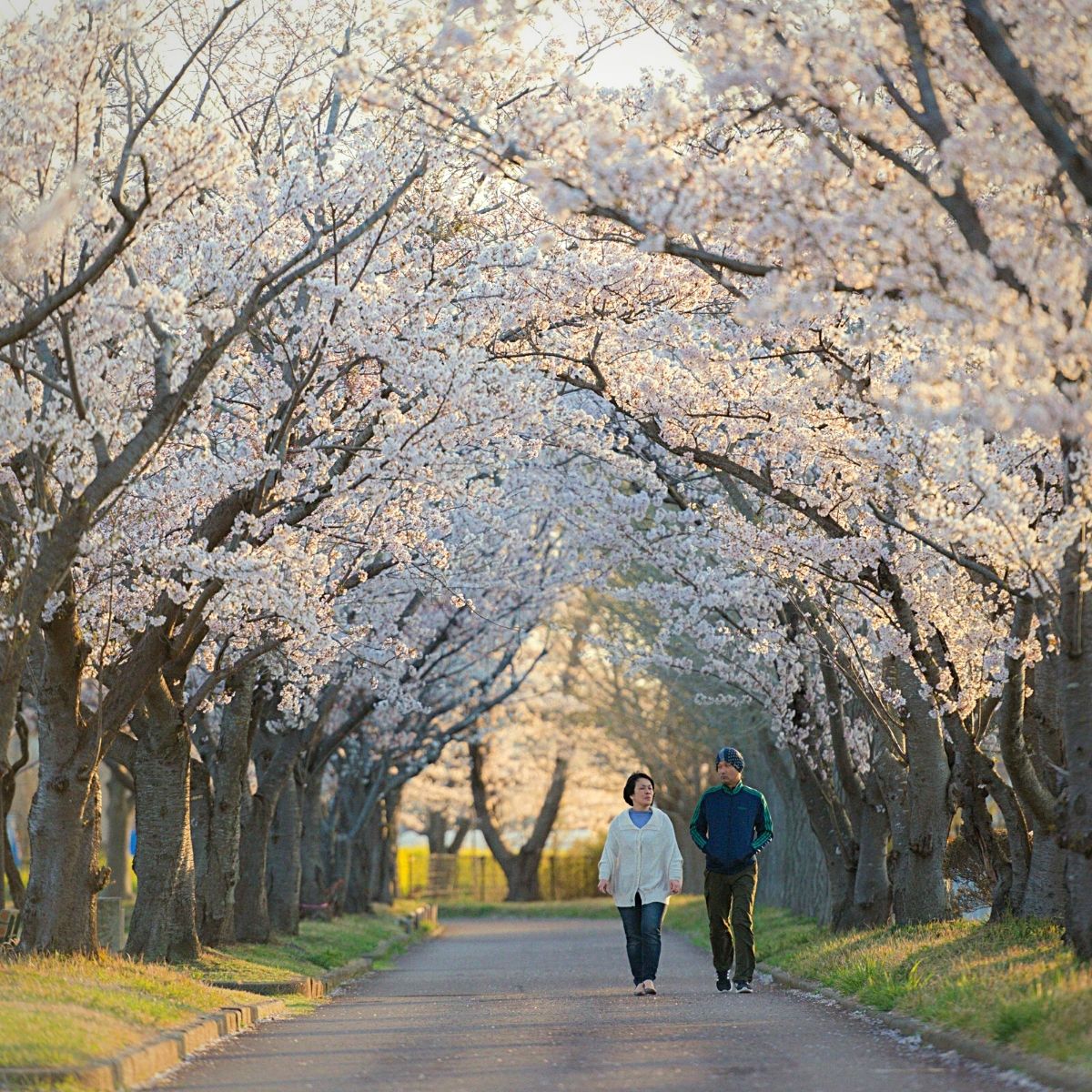
Photo by morn_japan
The Significance of Hanami Even Beyond Japan’s Borders
At its core, hanami is more than just a floral spectacle; it is a flower language that encapsulates a deep cultural and spiritual significance for the Japanese people. With its brief yet magnificent flowers, the sakura is a symbol of the transient nature of life itself. This short-lived beauty of the flowers makes evident the need to appreciate the present moment, as life, just like the cherry blossoms, is fragile and transitory.
Cherry blossoms are an age-old metaphor for human existence. Their blooming season is powerful, glorious and intoxicating, but tragically short-lived. This, in itself, is a visual cue of the fleeting nature of life. It seemingly points towards the notion that one needs to celebrate life and that death is an inevitable part of this. The Japanese have always embraced this concept, and it’s why hanami resonates so deeply with their psyche.
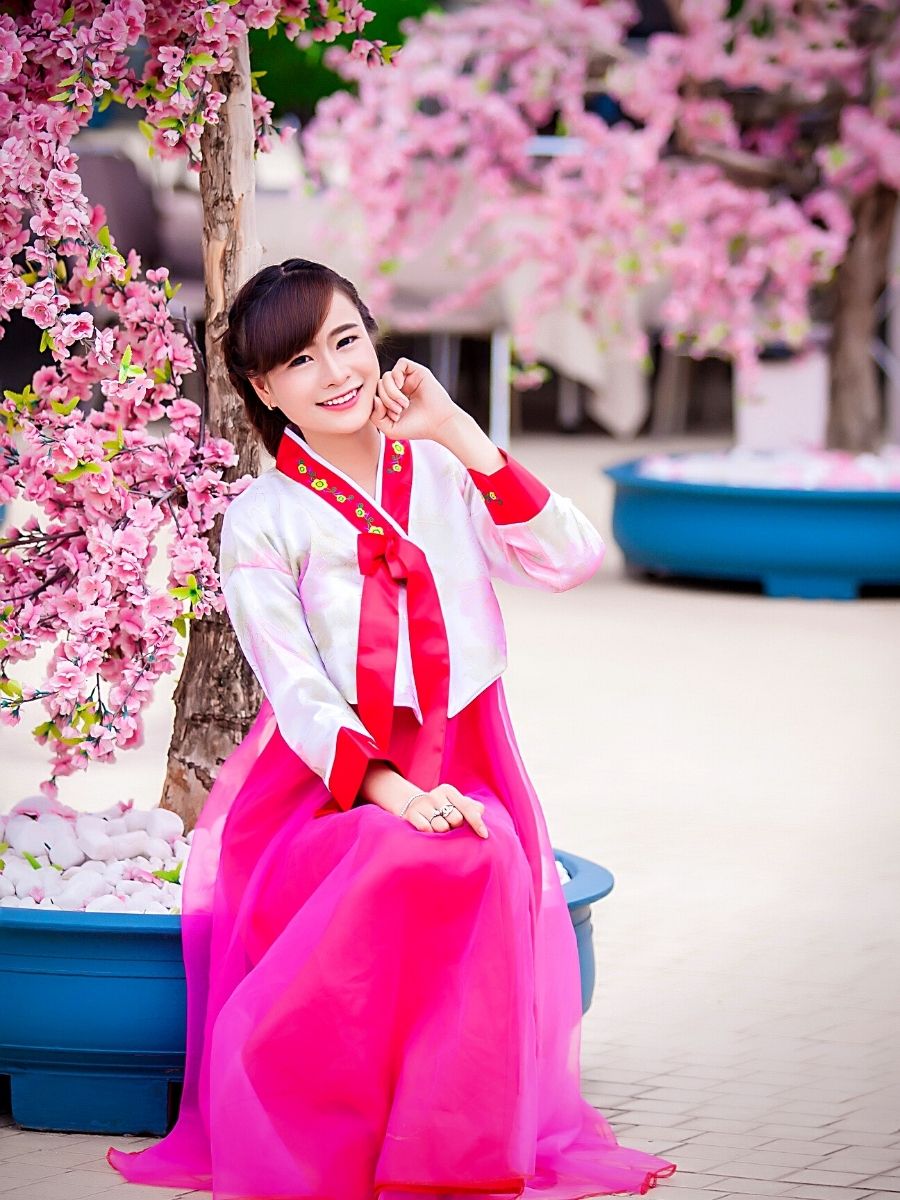
Photo by LichDinh
Hanami also embodies the concept of ‘mono no aware,’ which translates to ‘the beauty of transience’ or 'the pathos of things.’ This concept has its roots in Japanese culture and aesthetics, emphasizing the appreciation of the impermanent and the melancholic beauty that comes from the momentary nature of all things. During hanami, people think of this philosophy while gazing at the blossoms, conjuring a sense of mindfulness and self-examination.
Even so, while hanami is deeply rooted in Japanese culture, its influence now goes beyond the country’s borders and impacts the hearts of people worldwide. In recent years, many countries have embraced this tradition by planting sakura trees and holding cherry blossom festivals. Washington, D.C., for instance, is famous for its National Cherry Blossom Festival, which showcases thousands of cherry trees gifted to the United States by Japan in 1912, by the then Mayor of Tokyo City, Yukio Ozaki.
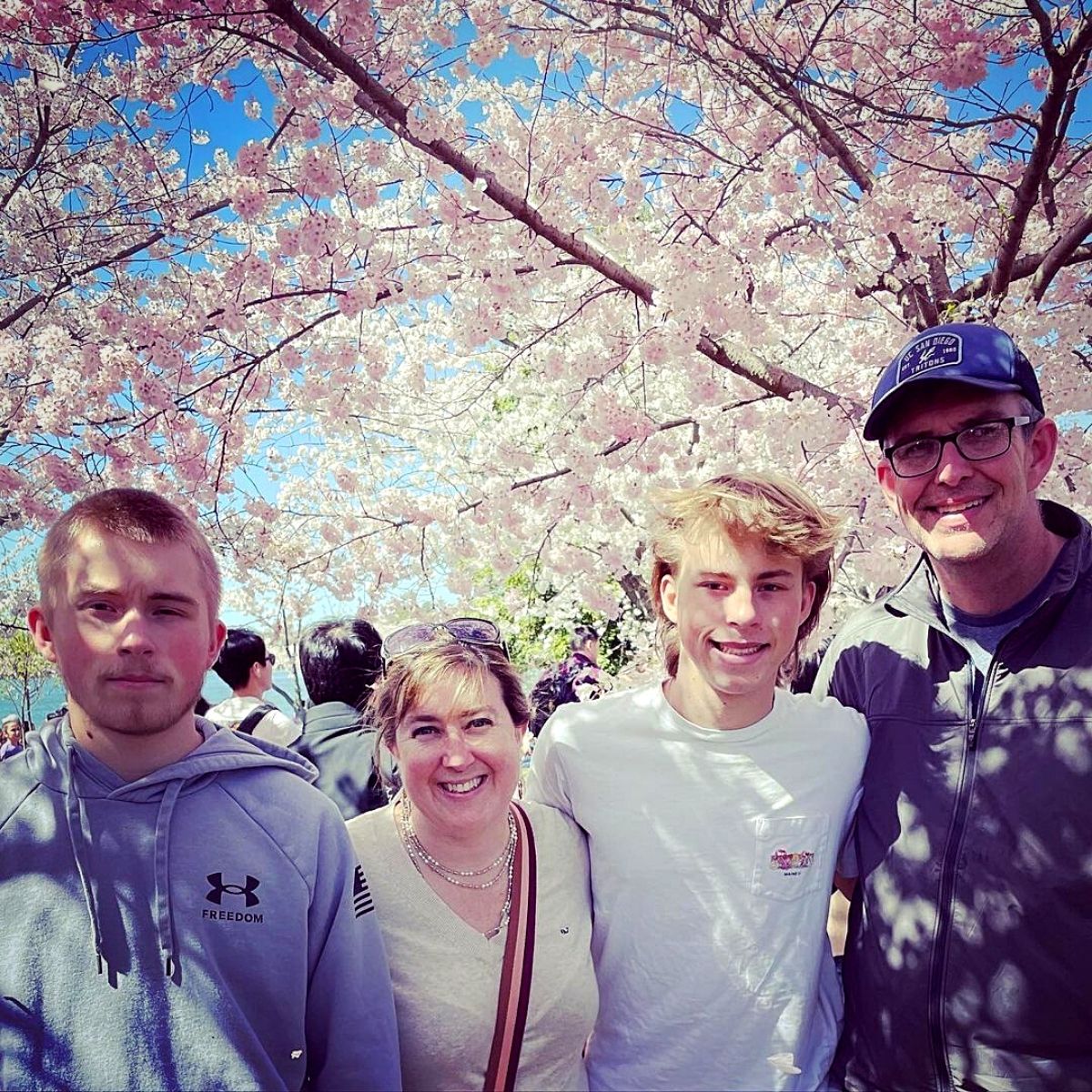
Photo by @amylpie
In many other cities, cherry blossom festivals inspired by the Japanese tradition have emerged, celebrating the arrival of spring and the ethereal beauty of cherry blossoms. Vancouver, and Stockholm are just some of the cities that have, also, embraced this lively tradition. These international celebrations of sakura showcase the universal appeal and influence of hanami, and its power to inspire a sense of harmony and appreciation for the beauty of nature.
A Banquet for the Senses Which Also Embodies Art and Literature
Hanami is an immersive experience that engages all the senses. It originates from winter retreating and giving way to spring. Then cherry trees burst forth in a profusion of soft pink and white flowers. The air also becomes infused with the sweet and subtle fragrance of the blossoms.
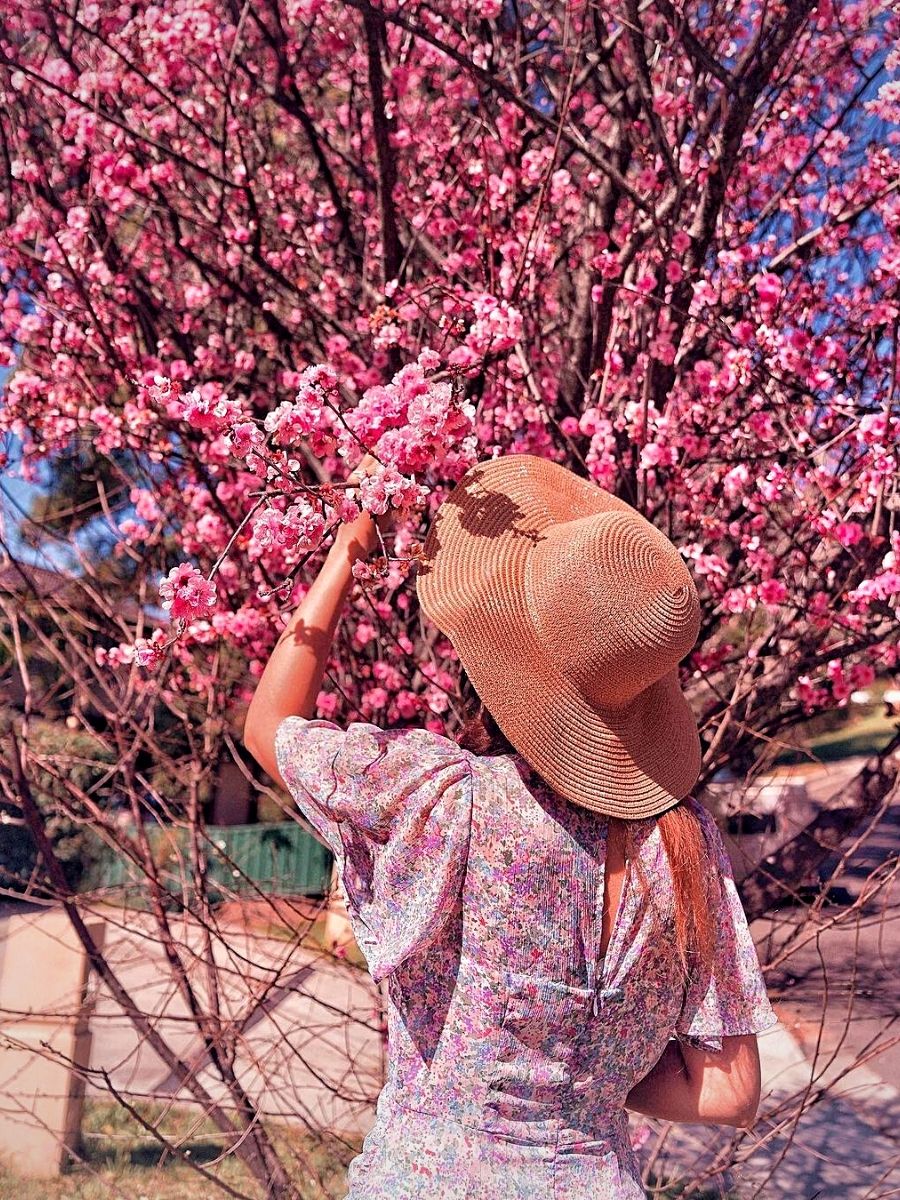
Photo by @_fazelee
The sight of the cherry blossoms against a backdrop of clear blue skies is a sight to behold, while the scents are captivating as well. These qualities leave an almost indelible impression on the hearts and minds of those who experience it. All of these qualities are appealing for human senses.
More than that, hanami has pervaded various art forms, including painting, poetry, and literature. Famous Japanese artists, such as Katsushika Hokusai (1760-1849) and Utagawa Hiroshige (1797-1858), have captured the delicate beauty of cherry blossoms in their iconic woodblock prints, immortalizing hanami in visual art.
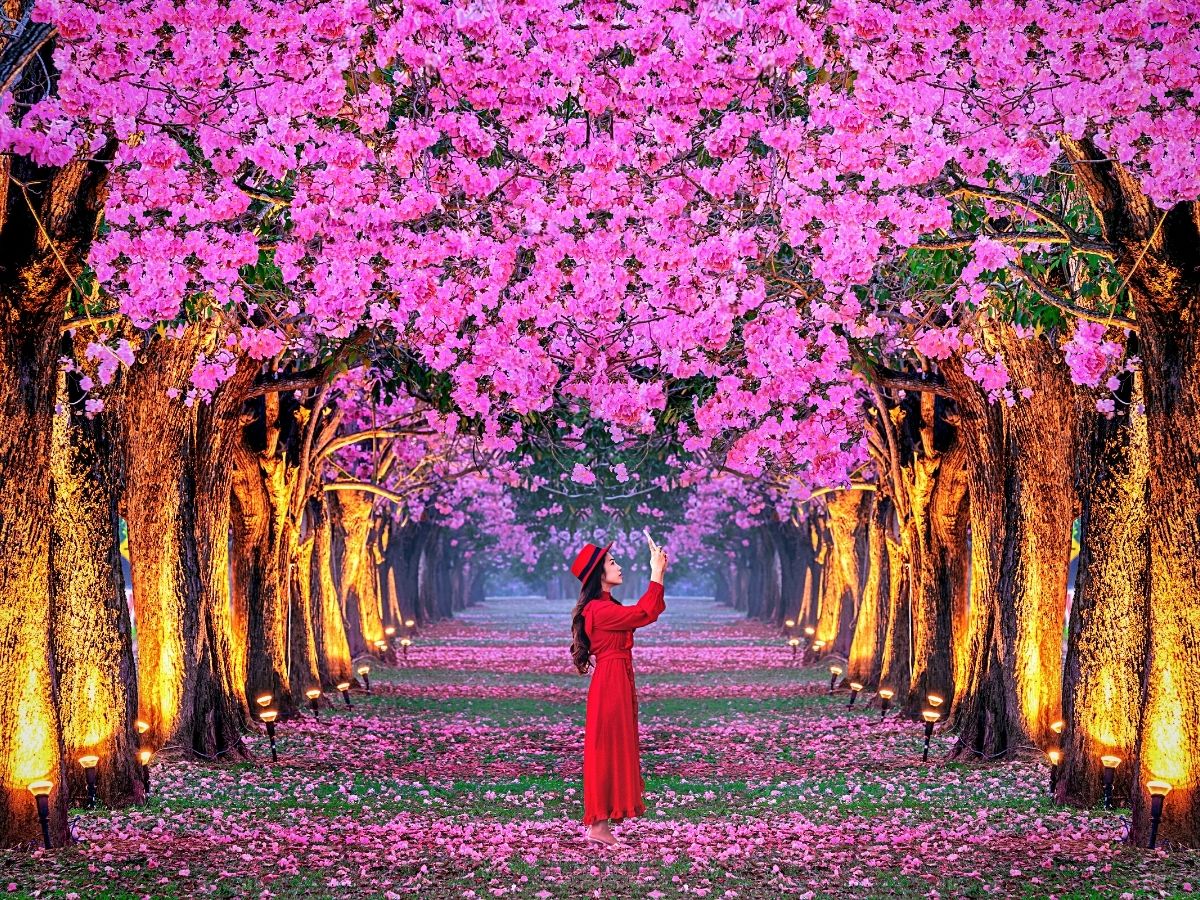
Photo by tawatchai07
Likewise, in classical Japanese literature, haiku and tanka poems often conjure the spirit of hanami, arousing emotions and reflections on the transient nature of life.
A Floral Practice That Reflects Deep-Rooted Cultural Values
For the Japanese, hanami is not just about flowers or parties, but a centuries-old practice that reflects deep-rooted cultural values and an appreciation for fleeting beauty in an unrelenting world. It is about pausing to appreciate the moment, celebrating new starts, honoring ancestors, and recognizing mortality.
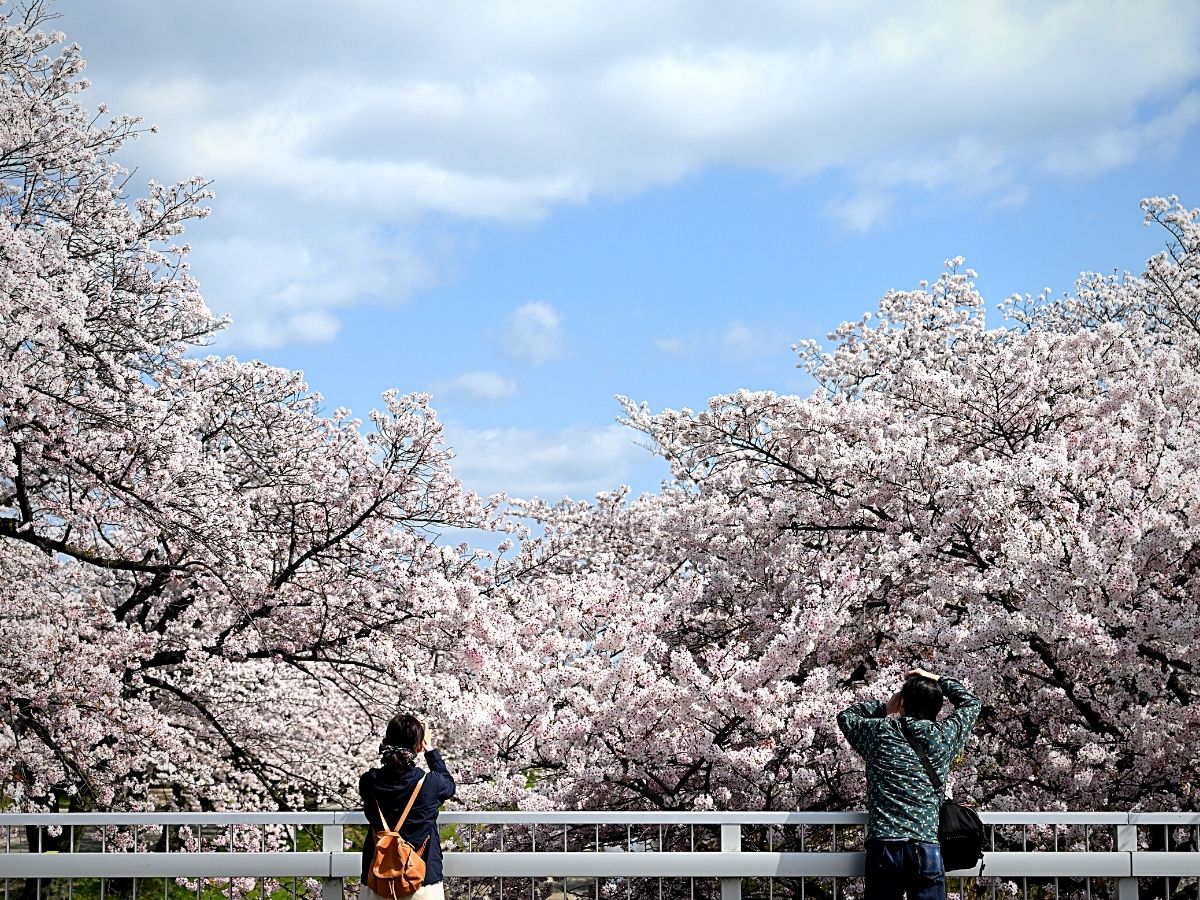
Photo by yamabon
In essence, hanami encapsulates the beauty and transience of life - a concept that continues to resonate in contemporary Japanese culture.
Feature image by LichDinh, header image by (っ◔◡◔)っ Clement 🇰🇷

